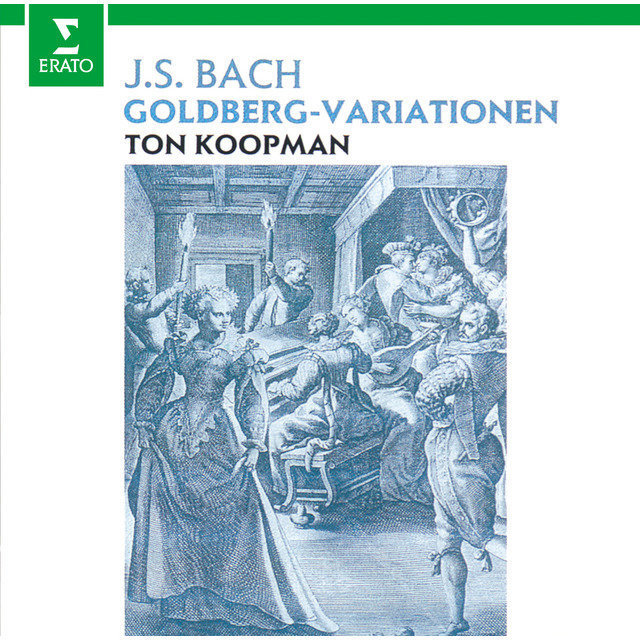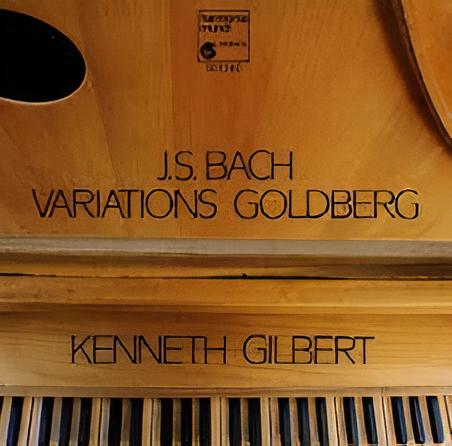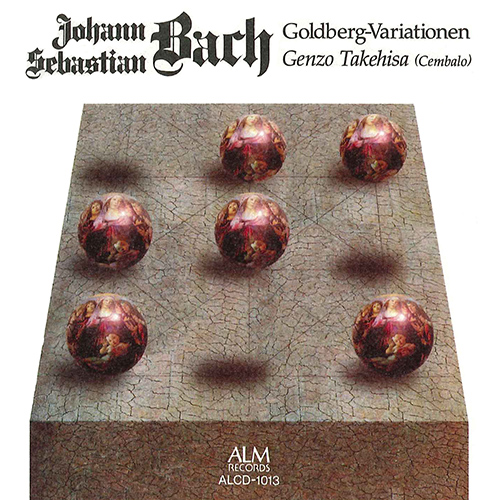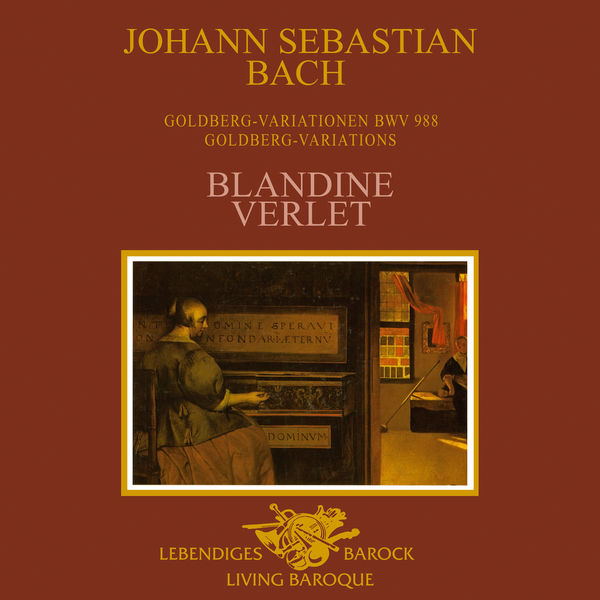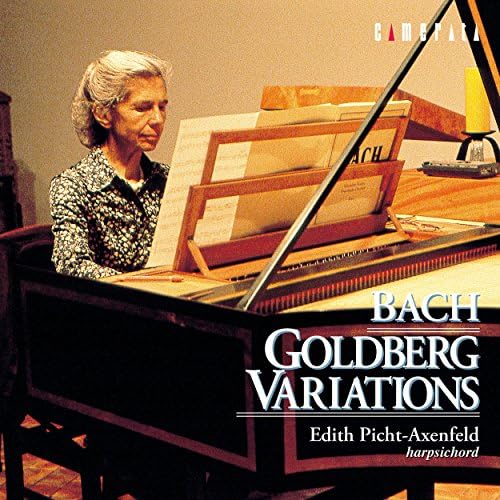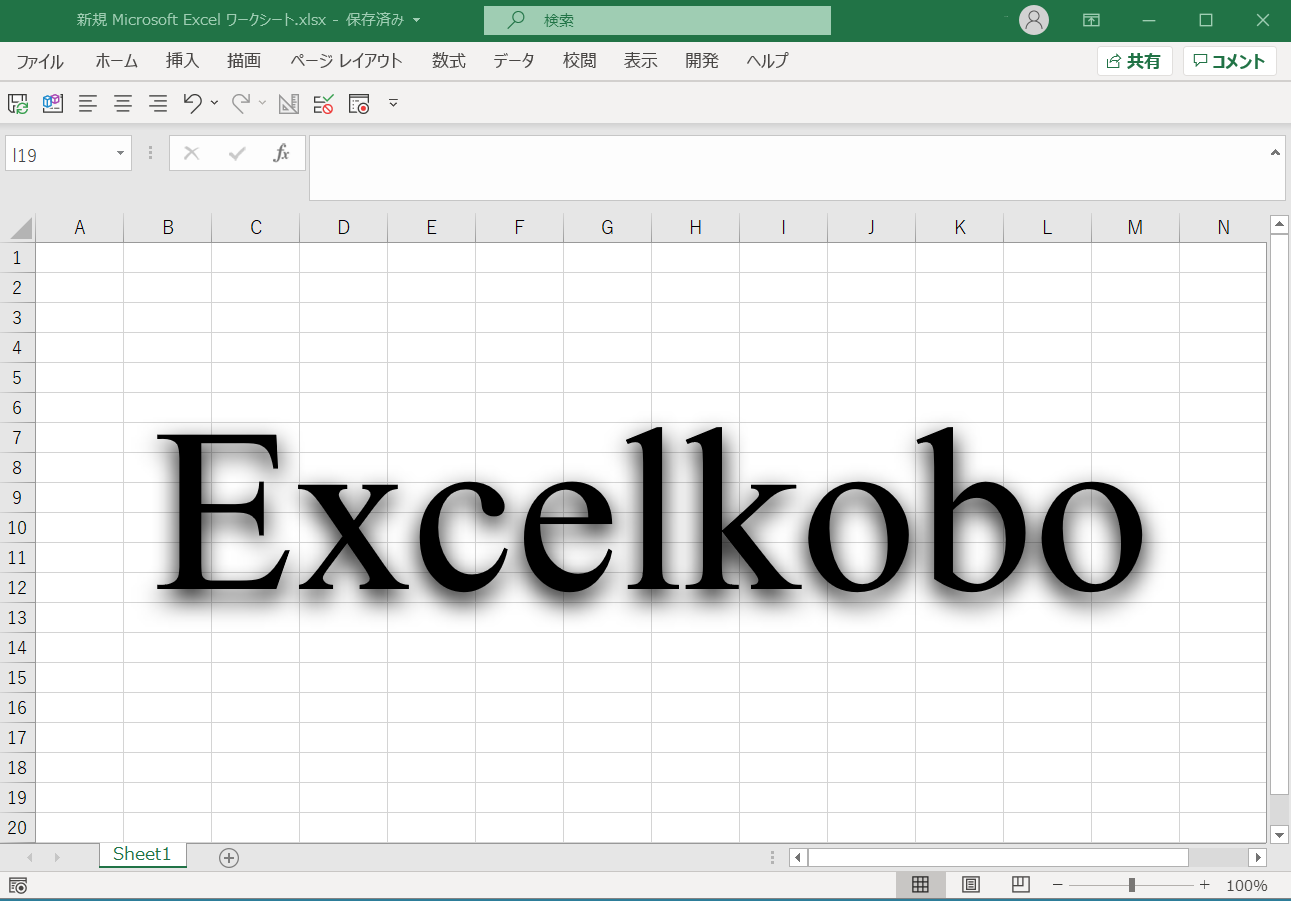About Bach’s Variations
How many “variations” did Bach write? The following are just a few that I have counted up.
① Goltberg Variations (BWV988)
② Chaconne of the unaccompanied violin partita (BWV1004)
③ Passacaglia and Fugue in C minor for organ (BWV582)
④ Canon Variations on “Vom Himmel hoch da komm’ ich her” for organ (BWV769)
⑤ Aria and Variations in Italian Style in A minor (BWV989)
② Chaconne of the unaccompanied violin partita (BWV1004)
③ Passacaglia and Fugue in C minor for organ (BWV582)
④ Canon Variations on “Vom Himmel hoch da komm’ ich her” for organ (BWV769)
⑤ Aria and Variations in Italian Style in A minor (BWV989)
And the “double” in the suite musics may also be included in the variations. The variation (form) is a rather “Entertainment” form of music. In fact, it is written in Forkel’s “Biography of Bach” that Bach himself did not attach much importance to this form of composition. In any case, many of them were composed relatively “easily” in order for the composers to show off their “performance virtuosity. In the Baroque period alone, so-called “basso ostentato” such as “romanesca”, “folia” and “passacaglia” were frequently used by Corelli, Vivaldi, Couperin, Handel and others. Of course, Bach’s variations are also in this category, but Bach’s variations, in a word, have a different “dimension” from those of other composers. Bach’s “Variations” are so “completed” that they cannot be contained in the framework of variations, and they are the labors. Above all, they are thoroughly “counterpointed” and have a mathematically calculated structure. These facts are acknowledged by everyone. Among such works, those that are relatively close to conventional variations are probably ② and ⑤. The CDs of the “Golteberg Variations” that I will be discussing this time are as follows. I would like to compare these eight CDs.
① Ton Koopman
② Jean Rondeau
③ Trevor Pinnock
④ Yoshiko Ieki
⑤ Kenneth Gilbert
⑥ Genzo Takehisa
⑦ Blandine Verlet
⑧ Edith Picht-Axenfeld
② Jean Rondeau
③ Trevor Pinnock
④ Yoshiko Ieki
⑤ Kenneth Gilbert
⑥ Genzo Takehisa
⑦ Blandine Verlet
⑧ Edith Picht-Axenfeld
① is a performance where individuality shines through. Koopman plays mordent more times (in note) than the others. He plays two or three times as much as time permits, when he would normally play only once.
② The performance is also unique. It is the most recent recording of this piece. The “tempo rubato” effect, in which the left and right hands subtly shift beats, is a characteristic of this player. The tempo is slow throughout, but why is it set particularly slowly in the quodlibet?
③ is an extremely authentic Bach performance. The tempo of each variation is sensible and rather fast.
④ The tempo is slow throughout, and the performance has a steady feeling.
⑤ The tempo is generally light Bach.
⑥ is another neat performance, similar to that of his teacher, Michio Kobayashi.
⑦ The fast tempo of the aria at the beginning, and the eccentric “swinging” style of the piece were innovative.
⑧ An orthodox performance with exemplary interpretation. Moderate tempo and with no rubato.
